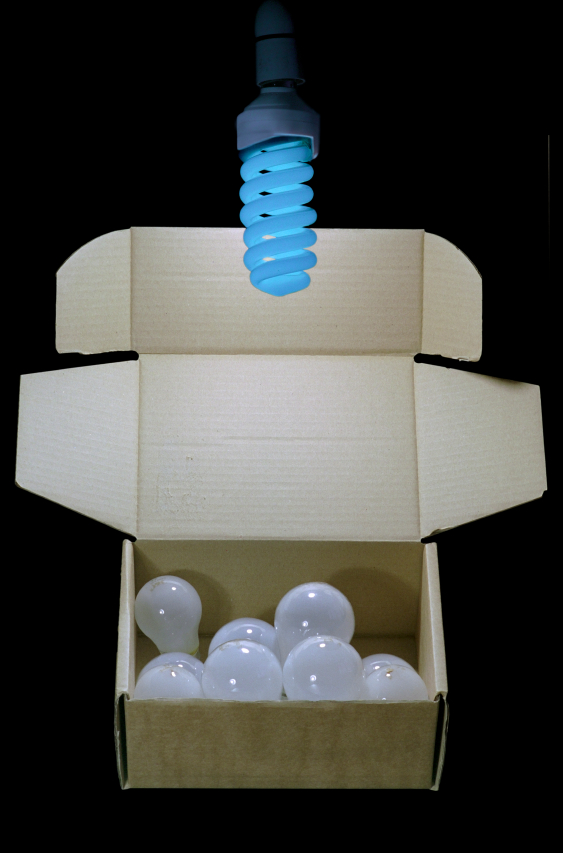Solving the Power Puzzle
By: Daniel Howard

The war for subscribers between cable, telcos, Internet companies like Google, and even municipalities, shifts into high gear in 2016 using higher broadband speed as the primary ammunition.
Minimizing the amount of energy used per consumed bit, or kilowatt-hours (kWh) required per terabyte (TB) of data, is key to competitiveness since network expansion will mean more electricity will be needed. Broadband providers already spend three-quarters of their total energy bill on access networks and edge facilities, and the competitive war will push this higher. But it’s possible to prevent that cost spike and become more energy efficient, even as the network capacity expands.
The Need for Speed
Cable operators are launching DOCSIS 3.1 over existing hybrid fiber-coax (HFC) networks that will offer at least 1 Gb/s speeds to customers without altering the current access network. Comcast has already rolled out 2 Gb/s fiber to the home (FTTH) service in 7 states. Other operators utilize FTTH technology called radio frequency over glass (RFoG) to new neighborhoods because it is not only cheaper to deploy, has a greater capacity per home versus HFC and it uses less electricity. Some operators may even start overbuilding their existing HFC networks with FTTH soon in competitive cities.
But at least in cable networks, FTTH is primarily used in new construction, representing a fraction of the total network. Most of the network needs lots of power, escalating further as radio frequency (RF) spectrum limits are increased to take full advantage of DOCSIS 3.1; and as more Wi-Fi hotspots and small cells are deployed in the outside plant (OSP). The SCTE’s Energy 2020 program showed that without efforts to stop this trend, the energy bill for the U.S. cable industry could go from $1B per year to over $4B by 2020.
Telcos have the same problem. AT&T is rolling out its advanced digital subscriber line (DSL) technology based on the new G.fast standard for up to gigabit residential speeds, but it still has to power 100-year-old copper wire technology over the last thousand feet. Technologies like vectoring to increase the reach or speed of G.fast may also require more power.
Wireless broadband providers have similar energy consumption growth challenges: expanding capacity means using more, smaller cell sizes with more wireless huts requiring power throughout the neighborhood.
Passive optical network (PON) technology is generally considered the best long-term broadband solution to energy reduction. Unfortunately, a minority of broadband customers are served by PON networks. Providers have to find a way to reduce energy consumption growth in existing networks where they most use energy.





















